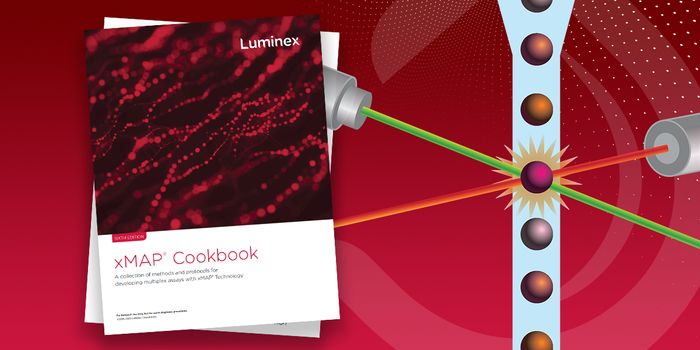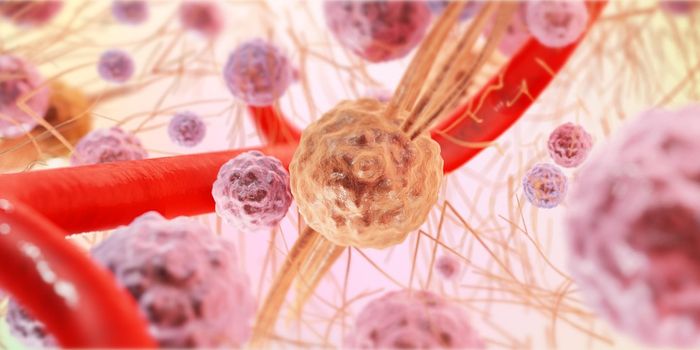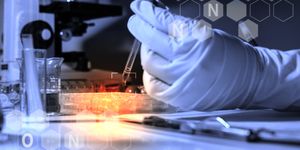Treating Restless Leg Syndrome (RLS)
:max_bytes(150000):strip_icc()/restless-leg-syndrome-165623212-57a22e3d5f9b589aa90ea4c0.jpg)
A common condition of the nervous system, Restless Leg Syndrome (RLS) is the overwhelming urge to move the legs. Usually unpleasant symptoms, many RLS patients experience tingling, burning and painful cramping sensations in the leg—with 80% experience usually at bedtime their legs jerking or twitching.
Now, according to a study published in the Journal of Physiology, a breakthrough treatment for RLS may be on its way.
Recent research is pointing that RLS may not just be caused by simply genetics and the central nervous system but by the nerve cells targeting the muscles. The researchers were able to conclude their findings after measuring the nerve excitability in motor nerve cells of patients with RLS and compared these measurements to healthy subjects.
Specifically, the study indicates that the involuntary muscle moments in RLS are actually caused by an increased number of signals between nerve cells that supply the leg muscles. Such discovery could prompt researchers working in drug development and discovery to find more targeted treatments for RLS.
Credit: heathjade.com
“Patients who suffer from Restless legs syndrome complain of painful symptoms in the legs leading to sleep disturbances. The mechanisms for RLS are still not completely understood. We have shown that also the nerve cells supplying muscles in the leg are responsible and hereby additional drug treatments may be ahead targeting these nerve cells,” commented Dirk Czesnik--author of the study.
Researchers are hopeful that future drug developments will target the nerve cells that signal each other to reduce the number of messages being sent—ultimately, achieving normal levels of signaling that can prevent the occurrence of RLS symptoms.
These drugs will most likely inhibit the ion channels that are essential for nerve cell communication. However, further research is needed to investigate the effects of different compounds in patients with RLS.
Source: Journal of Physiology, ScienceDaily









